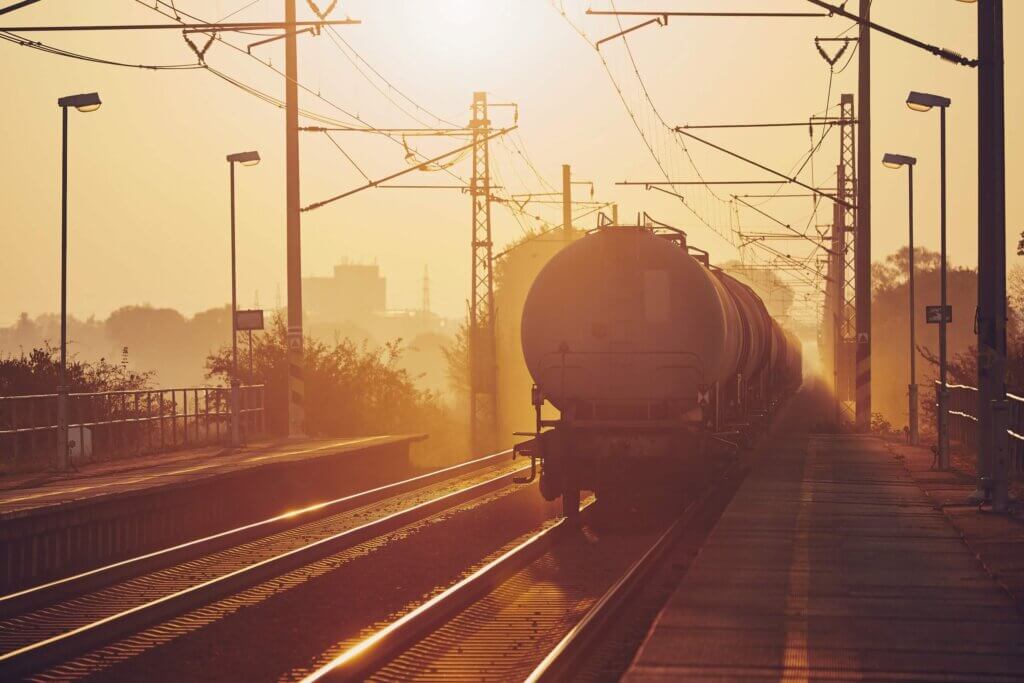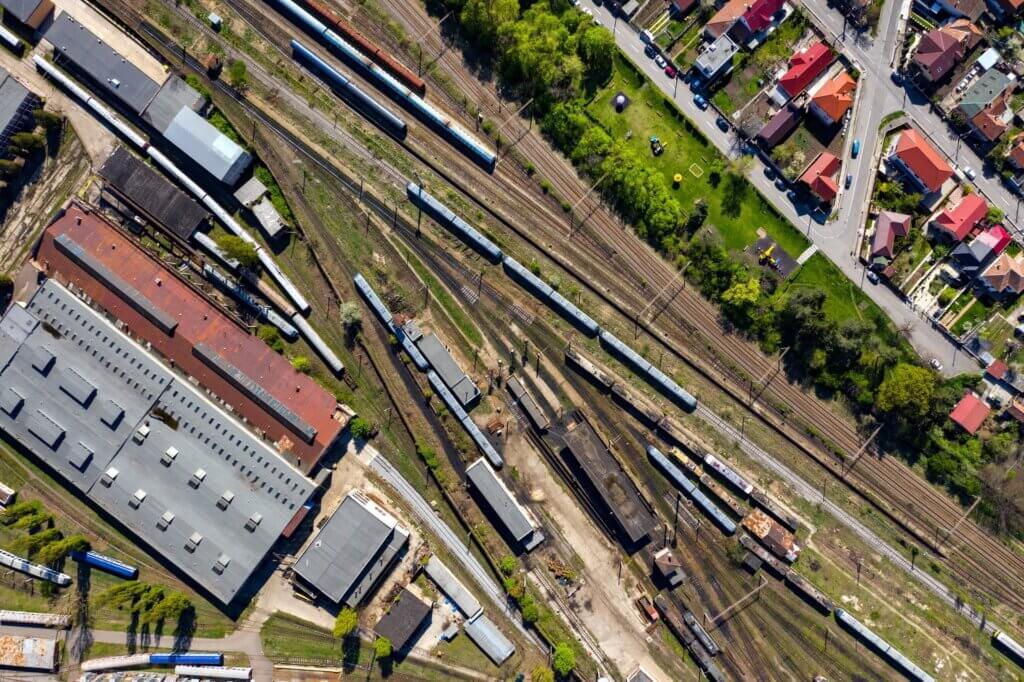
What are Strategic Logistics Corridors
The railroads and the steel industry have always been side by side in Brazil. Since the foundation of the first railroad stations in Brazil, this transport sector has always been used to carry and bring mineral cargo. Not limited to the time when they were founded, the railroads still carry cargo, but not to the same extent. It is possible that the answer to bring back this strong relationship between the railroads and the steel industry is the strategic logistics corridors.
A growing trend in Brazil and in large countries, strategic logistics corridors present not only a distribution alternative for railroads, but also for all other transport sectors.
Content Index
What are logistical corridors?

Strategic logistics corridors are part of a cargo distribution project. In Brazil, the main cargoes are iron ore, soybeans, corn, and fuels. So that these loads can then be transported with greater efficiency, the strategic logistics corridors have as objective some guidelines, being them a varied existence of export and transport corridors, modal and multimodal routes that allow movements or cargo flows that allow them to leave and enter from the general influence, and mainly places where it is possible to exist the business through the constitution of producer and consumer market and investments in general.
That is, runners logistics strategic companies have a map, a flow and some needs, and through the railroads it would be possible to achieve this through export corridors. The railroads, in this case, would be ideal, as they already have a history of transporting these loads, they can easily continue to do so on virgin lands free of obstacles.
Iron ore logistics corridors

Strategic logistical corridors for iron ore are a special case when it comes to analyzing cargo transport in Brazil. It is necessary, as in each case, to analyze its mapping first, which takes place in this situation through an established system of export and import corridors.
The mapping of this ore currently takes place through three export flows that are North-Northeast, Center-West, Southeast, and three import flows that are Northeast, Center-West, Southeast-South and Coastal. The mapping takes place through the main ore production areas, and tends to bypass these areas.
The flows were determined from the location of the origin and destination points determined by the mapping. For domestic consumption, mining companies supply iron ore and independent steel mills supply pig iron, while the latter receive ore, integrated steel mills receive iron ore and pig iron.
For this plan to be followed, the following needs are necessary within the transport rail sector: recovery of infrastructure, treatment of urban rail conflicts, renewal of concessions, implementation or improvement of the signaling system.
Soy and corn runners

The soy and corn strategic logistics corridors are also a separate case. Its mapping is completely different from iron ore mapping, and it is done through the following relationship.
For export flows, there are nine corridors: North – Madeira Axis, North – Tapajós, North – Tocantins Axis, Northeast – São Luís Axis, Northeast – Salvador Axis, Southeast – Vitória Axis, Southeast – Santos Axis, South – Paranaguá Axis and South – Axis Rio Grande. For internal supply flows there are four corridors: North, Northeast, Southeast and South. Unlike iron ore, which has corridors further to the coast of the country, this mapping of soy and corn corresponds more to the central axis of the Brazilian map.
The flows were determined based on some initial assumptions, which were then optimized, always considering animal feed, which is the main market for corn and soybeans, and places where there was a shortage or excess of such commodity.
As for the needs, the main one is investment in the transport sector in general, whether for a reassessment of infrastructure and admission of new means such as railroads, as well as the reform of sectors and old routes across Brazil.
Strategic logistics corridors for fuel and sugarcane

A gasolina, o diesel e o etanol (ou cana de açúcar) possuem corredores logísticos estratégicos similares no Brasil. Seus corredores de exportação possuem um fluxo similar nas áreas: Noroeste, Sudeste e Sul. Com o etanol possuindo de diferente os corredores Norte e Nordeste, e a gasolina e o diesel possuindo os corredores Amazônico, Centro-Sul, Nordeste Setentrional e Nordeste Meridional.
As for flows, focusing on the places where consumption is higher, gasoline and diesel have more active routes in the South and Southeast regions. Ethanol, on the other hand, is most consumed in the Southeast region, being supplied mainly by the Center-West region. fuels and sugar cane
The long-term needs of sugarcane and fuel differ somewhat from other products. Based on an analysis of roads and the current state of road transport, perhaps strategic logistics corridors are better suited for such materials through funding the rail sector and investing in infrastructure for that sector.
Conclusion
In conclusion, the strategic logistics corridors prove to be a possibility of integration in multiple directions within the Brazilian infrastructure. It can be both the answer to the alignment again of the rail sector with the freight transport in Brazil, as well as a way to encourage new trade flows, also increasing the old commercial centers, and expanding and evolving the transport sectors in general in the country.
Searchs:
https://www.gov.br/infraestrutura/pt-br/assuntos/politica-e-planejamento/politica-e-planejamento/cle
https://pt.wikipedia.org/wiki/Corredor_de_exporta%C3%A7%C3%A3o












